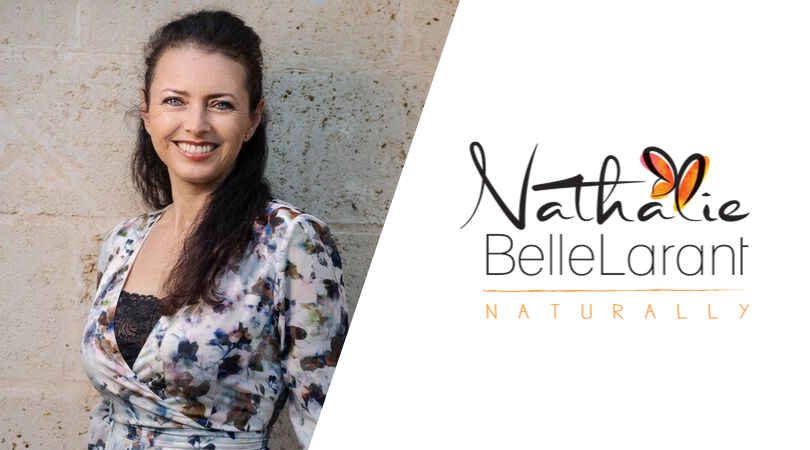A recipe for delicious Dark Chocolate Truffles using doTerra Essential Oils!
Duration:
- Cooking time: 15 minutes
- Resting time: 3 hours
Ingredients:
- 200g dark cooking chocolate (I use Lindt 70% dark)
- 120g butter
- 2 egg yolks (you can use 3 if small)
- 1tsp vanilla extract
- 1tbsp raw sugar
- 1 drop Wild Orange or Peppermint food grade essential oil
- Dark cocoa powder for coating
Method:
- Melt chocolate and butter on low heat. Allow to cool slightly.
- Add vanilla and egg yolks to the chocolate mixture and stir well.
- Add sugar.
- Add essential oil and stir. I usually split the chocolate mixture in half and do 1 drop of doTERRA Peppermint in half and 1 drop of doTERRA Wild Orange in the other. Use no more than 2 drops in the entire batch otherwise it will be overpowering!
- Set aside in the fridge for 2h or longer until hard.
- Take out of the fridge and let the mixture soften for 30mn before spooning small chunks, shaping then roughly by hand and rolling them in sifted cocoa powder.
- Refrigerate for 1h before serving.
- Keep refrigerated for up to 5 days.
Health insight
These are typical phytochemicals found in cacao: the cacao beans contain flavanols, flavonoids, quercetin, caffeine, theobromine.
Phytochemicals and antioxidants
Phytochemicals, also called phytonutrients, are naturally occurring plant chemicals that can have protective qualities for human health. Plants produce these chemicals to help protect themselves, for example by making the plant unattractive to insect pests. They also provide the plant with its colour, flavour and smell.
Where are they found?
Phytochemicals are found in unprocessed or minimally processed plant foods, including fruits, vegetables, grains, beans, legumes, herbs, spices, nuts, seeds and other plants.
What do they do?
Thousands of phytochemicals have now been identified. Many of these have antioxidant activity. An antioxidant is a compound that prevents another molecule from becoming oxidised. When molecules in the body become oxidised, free radicals can be formed. Free radicals are very unstable and cause damage within the body as they break down. Antioxidants stabilise free radicals and prevent this damage by donating electrons.
Examples of phytonutrients
There are many different groups of phytochemicals which all have different chemical structures. These different types are metabolised differently in the body and may induce different health effects. Examples of phytonutrients include:
- Flavonoids (For example, anthocyanins and quercetin): found in soybeans, onions, apples, tea and coffee
- Polyphenols (For example, resveratrol and ellagic acid): found in green tea, red wine, grapes, berries and wholegrain
- Carotenoids (For example, lycopene, lutein, zeaxanthin, beta-carotene): found in red, dark green and orange fruits such as tomatoes, carrots, sweet potatoes, watermelon, leafy greens.

Source for Health Insight: Monash University Food As Medicine 2016
Purchase your food grade essential oils here!
They are Certified Pure Therapeutic Grade and safe to ingest. Always read the label and only use as directed.

















